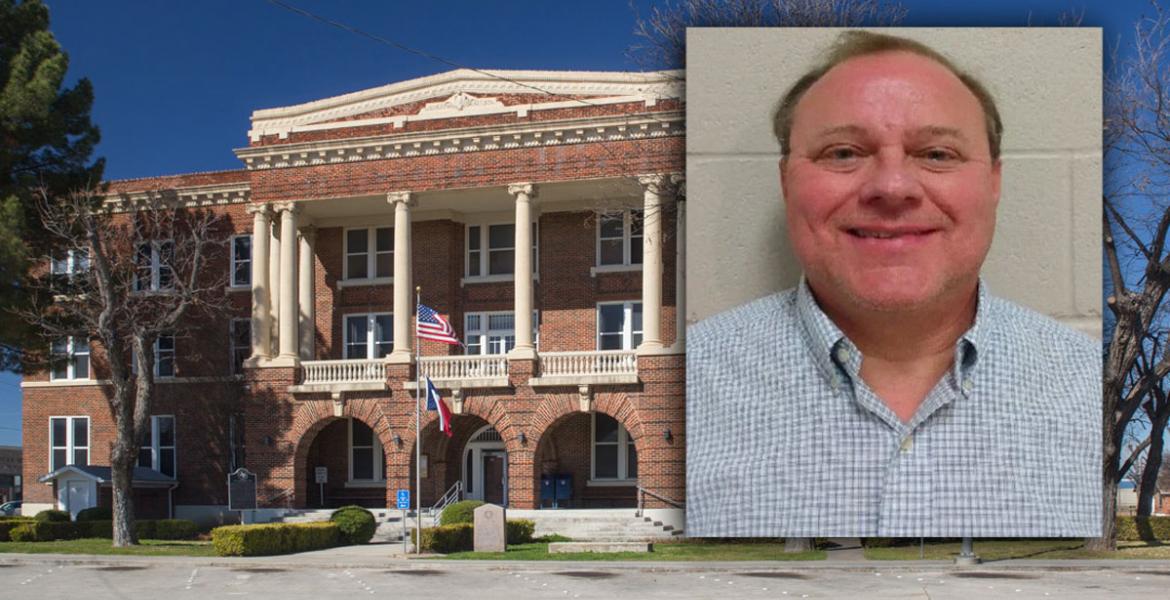By Gabby Birenbaum and Marijke Friedman, The Texas Tribune
WASHINGTON, D.C. — The federal government officially shut down at midnight as lawmakers blew their deadline to preserve funding for federal agencies, a lapse that could disrupt services many Texans rely on and slow the flow of certain benefits if the stoppage drags out.
The shutdown means thousands of federal workers in Texas will head to work Wednesday without the promise of a paycheck until both parties in Congress can cut a deal to restore funding. Other federal civilian employees will be furloughed if their jobs are not deemed essential.
Texas is home to more federal civilian employees than all but three other states, counting over 130,000 workers as of September 2024. Most of the civilian workforce — which excludes uniformed military — is spread across five agencies: the Department of Veterans Affairs, the Army, the Air Force, the Department of Defense and the Department of the Treasury. Including uniformed personnel, the Defense Department employed more than 200,000 Texans last year.
The funding gap means a likely work stoppage for personnel who have been considered nonessential during past shutdowns, including staff at Big Bend National Park, certain employees at the Veterans Benefits Administration regional offices in Houston and Waco, and Department of Agriculture service center officers across the state.
But other workers who perform critical functions, including air traffic controllers and Transportation Security Administration agents at Texas airports, are almost always required to work without pay during shutdowns. Since 2019, those employees — along with furloughed workers — have been guaranteed back pay once federal funding is restored.
Other services typically deemed essential and continued during shutdowns include delivery of benefits, federal law enforcement operations, veterans’ health care and military functions. That means Border Patrol officers, providers at VA hospitals, active-duty service members and most civilian personnel at Ford Hood, Fort Bliss and other military installations will likely be expected to work without pay.
Republicans in Congress tried to avert the funding gap earlier this month by passing a short-term “continuing resolution” that would have extended funding for seven more weeks. The measure passed the House in mid-September with support from all 25 Texas Republicans. The state’s 12 House Democrats voted against the resolution, saying Republicans should negotiate with them on preserving health care subsidies that expire at the end of the year. The resolution later failed to pass in the Senate, with Texas Sens. John Cornyn and Ted Cruz supporting it on the losing end of a 44-48 vote.
The standoff over government funding could linger for weeks, with Senate Republicans needing to secure Democratic support to reach the 60 votes required to pass a spending bill through the upper chamber. Both sides dug in their heels leading up to the funding deadline, each rejecting the other’s last-ditch stopgap funding proposal in Tuesday evening votes. Senate Majority Leader John Thune, R-South Dakota, has said Democrats need to “dial back” their health care demands, while Minority Leader Chuck Schumer, D-New York, has continued to push for the expiring premium tax credits to be renewed.
The last government shutdown — a partial stoppage in 2018 into 2019 — lasted 35 days.
Here’s what Texans should expect this time:
Benefits
Programs like Social Security, Medicare and Medicaid are funded separately from Congress’ annual spending bills and are thus largely unaffected by government shutdowns. Workers traditionally stay on to ensure those benefits are delivered, but furloughs could prompt delays for Texans who need administrative help.
The federal government also uses “mandatory” spending to pay for the bulk of Texas’ Supplemental Nutrition Assistance Program, allowing states to sustain the benefits — previously known as food stamps — for about a month.
Funding typically runs out faster for the Special Supplemental Nutrition Program for Women, Infants, and Children, or WIC, which provides food and immunization aid to pregnant or postpartum mothers and children under 5. A spokesperson for the Texas Department of Health and Human Services, which distributes the benefits, said the department is evaluating the impact of the shutdown, but that WIC clients can still use their cards and attend their appointments "as of now.”
Texas has over 500 WIC clinics, and the state’s program serves about 800,000 Texas mothers and children each month.
Military
The Department of Defense’s shutdown contingency plan requires active-duty military personnel to continue to report for duty without pay. Like other essential employees, they would receive back pay when the federal government reaches a funding deal.
Civilian military personnel who are not considered essential employees can expect to be furloughed during the shutdown.
Texas hosts 15 active-duty military installations, including multiple Air Force bases, Army depots and Naval Air Stations.
Homeland security
In their contingency plans, the Departments of Defense and Homeland Security said they will continue law enforcement work along the border, including operations that focus on “irregular migration management,” drug interdiction and cargo inspection at ports of entry. Nearly the entire U.S. Customs and Border Protection workforce is expected to stay on during the shutdown, according to DHS’ contingency plan.
DHS also plans to keep over 90% of Immigration and Customs Enforcement on board during the shutdown, meaning ICE will continue the bulk of its activities including raids and other law enforcement tactics.
The Federal Emergency Management Agency, which operates under the DHS umbrella and is frequently deployed to help Texas recover from natural disasters, is also expected to require most of its employees to continue working, according to DHS’ shutdown plan.
Public lands
The federal government owns and operates about 3.2 million acres of land in Texas, a relatively small footprint — around 2% of the state — that nonetheless includes recognizable terrain like Big Bend National Park along the U.S.-Mexico border in West Texas, the Padre Island National Seashore near Corpus Christi and the San Antonio Missions National Historical Park.
The National Park Service announced that parks will be partially open, with open-air sites available to the public but buildings closed that require staff to operate.
The agency has taken varying approaches to past funding lapses: In 2013, all national park sites were closed. In 2018, during the first Trump administration, the Department of the Interior ordered parks to remain open using funding from fees. Many park employees were furloughed and facilities within the parks were closed or did not have anyone to maintain them, leading to trash and waste buildup.
The National Parks Conservation Association called for parks to be shuttered, saying that in some cases, the damage from keeping them open during the last shutdown was irreparable.
Airports
Travelers could face significant delays at airports across the country, including in Texas, during the shutdown. TSA workers and air traffic controllers are considered essential employees, which means they would be required to work without pay.
But TSA officers calling out of work sick during past shutdowns has led to longer wait times for travelers and some grounded flights.
The shutdown will also halt the hiring and training of new air traffic controllers.
Veterans
Veterans Affairs medical centers will remain open to patients even while the government remains unfunded. The department will not stop processing and delivering benefits, but regional VA benefits offices will be closed. Veterans will not be able to receive transition program assistance and career counseling while the shutdown persists.
This article originally appeared in The Texas Tribune at https://www.texastribune.org/2025/10/01/government-shutdown-texas-congress-benefits-parks-veterans/.
Subscribe to the LIVE! Daily
Required






Post a comment to this article here: